Treatment options and pricing
Browse and click below to book any of our available service.
Myofascial Release
Included in the Myofascial Release
In a Myofascial Release session, a therapist applies gentle sustained pressure to release tension and tightness in the fascia (connective tissue), promoting increased flexibility and reduced discomfort in your muscles and body.
*Each session allows for both the treatment and time for patient preparation, including changing clothes.
Common Q&A about Myofascial Release
Our FAQ section is designed to address common questions you may have, from how our treatments work to what you can expect during and after your session.
Our team is always available to provide additional support if you need more personalised guidance, ensuring that you feel informed and confident every step of the way.
Myofascial release is a type of manual therapy that focuses on relieving tension and pain in the myofascial tissues, which are the thin, tough connective tissues that surround and support your muscles throughout the body.
Myofascial release works by applying sustained pressure to the fascia to release tightness and restore mobility. The therapist uses slow, gentle movements to stretch and manipulate the fascia, helping to relieve pain and improve movement.
Myofascial release is commonly used to treat conditions such as chronic pain, fibromyalgia, headaches, muscle tightness, restricted range of motion, plantar fasciitis, and issues related to scar tissue and injury.
Myofascial release is generally not painful, though some discomfort may be experienced if there is significant tightness or restriction in the fascia. The pressure is applied slowly and can be adjusted to your comfort level, to release tension without causing pain.
While both myofascial release and deep tissue massage target deeper layers of tissue, myofascial release specifically focuses on the fascia rather than the muscles. It involves slower, sustained pressure rather than the firm, targeted strokes used in deep tissue massage.
Myofascial release can benefit anyone experiencing muscle tightness, pain, or limited mobility, as well as those recovering from injury or surgery. It’s also useful for athletes, individuals with chronic pain conditions, and people with poor posture or alignment issues.
A typical myofascial release session lasts between 30 to 60 minutes, depending on the areas being treated and the severity of the issue. Your therapist may recommend multiple sessions depending on your condition and response to treatment.
Some people may experience mild soreness or discomfort after a session, similar to the feeling after a deep tissue massage. This usually subsides within a day or two. Drinking water and gentle stretching can help reduce soreness.
The frequency of myofascial release therapy depends on your specific needs and the severity of your condition. For chronic pain or tightness, multiple sessions over a few weeks may be recommended, followed by maintenance sessions as needed.
Yes, myofascial release is often used in combination with other therapies like physiotherapy, chiropractic care, or massage therapy to enhance overall results. It can also complement exercises or stretches recommended by your therapist.



